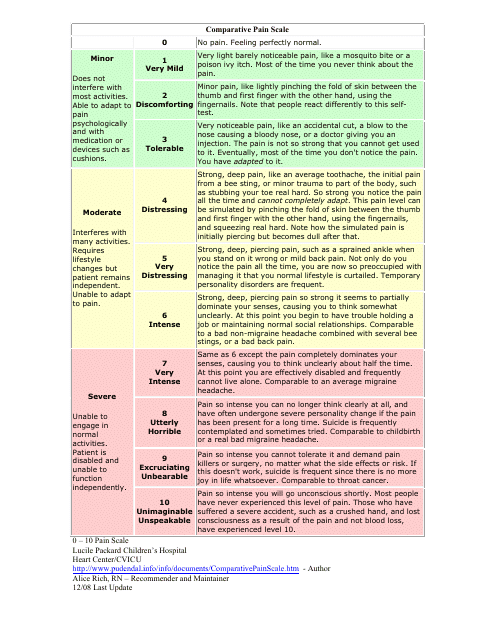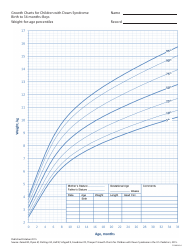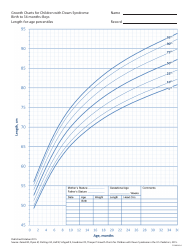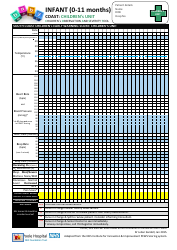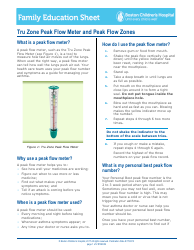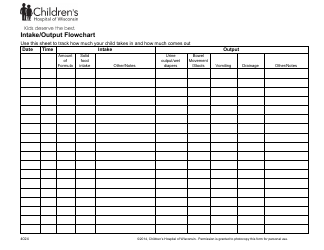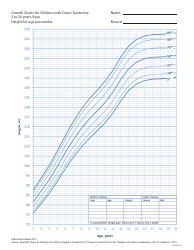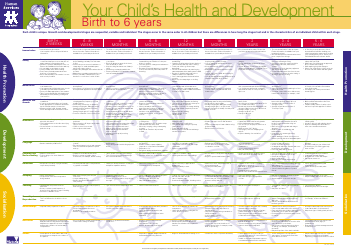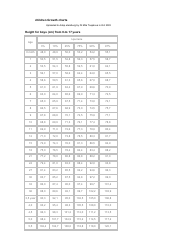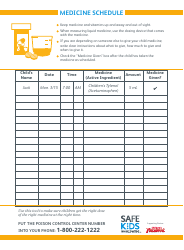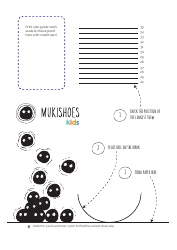Comparative Pain Scale - Lucile Packard Children's Hospital
The Comparative Pain Scale at Lucile Packard Children's Hospital is used to assess and measure pain levels in children. It helps healthcare providers understand and manage a child's pain effectively.
FAQ
Q: What is the Comparative Pain Scale?
A: The Comparative Pain Scale is a tool used to measure and compare pain levels.
Q: Why is the Comparative Pain Scale used?
A: The Comparative Pain Scale is used to assess and monitor pain in children.
Q: How does the Comparative Pain Scale work?
A: The Comparative Pain Scale uses a numerical rating system to quantify pain levels.
Q: Who developed the Comparative Pain Scale?
A: The Comparative Pain Scale was developed by researchers at Lucile Packard Children's Hospital.
Q: Is the Comparative Pain Scale accurate?
A: Yes, the Comparative Pain Scale has been shown to be a reliable and valid tool for assessing pain in children.
Q: Can the Comparative Pain Scale be used for adults?
A: While the Comparative Pain Scale was originally designed for children, it can also be used for adults.
Q: Are there different versions of the Comparative Pain Scale?
A: Yes, there are different variations of the Comparative Pain Scale, including age-specific versions for different age groups.
Q: How is the pain level determined using the Comparative Pain Scale?
A: The pain level is determined by having the patient self-report their pain using a numerical rating system.
Q: What are the benefits of using the Comparative Pain Scale?
A: Using the Comparative Pain Scale allows healthcare providers to accurately assess and monitor pain levels in children, leading to appropriate treatment and improved patient outcomes.
Q: Are there any limitations to using the Comparative Pain Scale?
A: Some limitations of the Comparative Pain Scale include the reliance on self-reporting and the subjective nature of pain perception.
